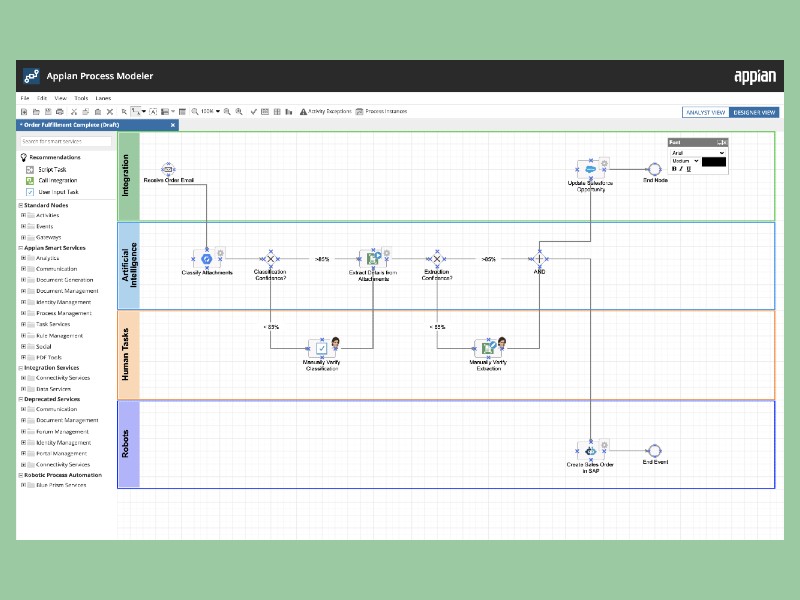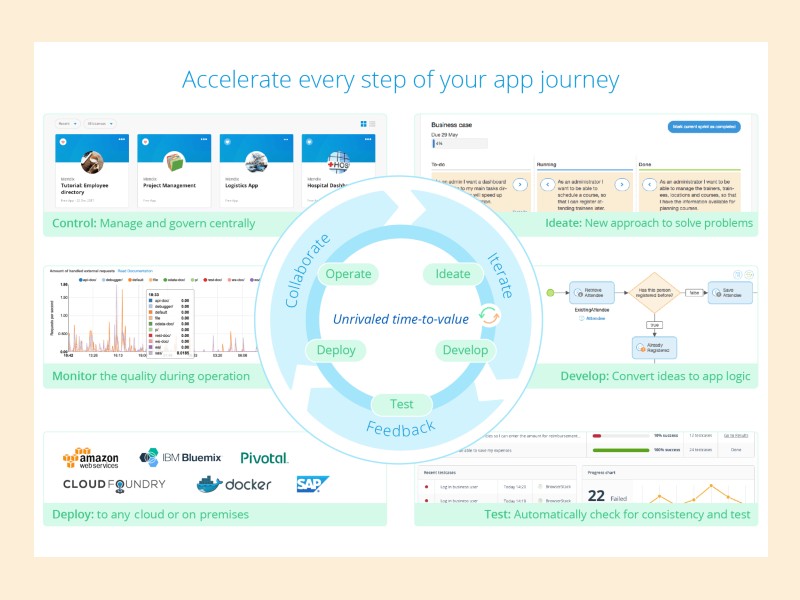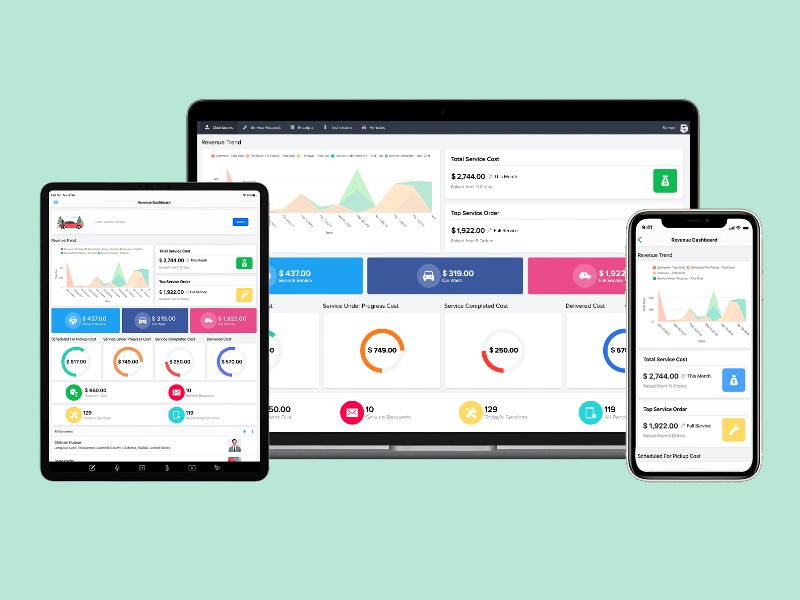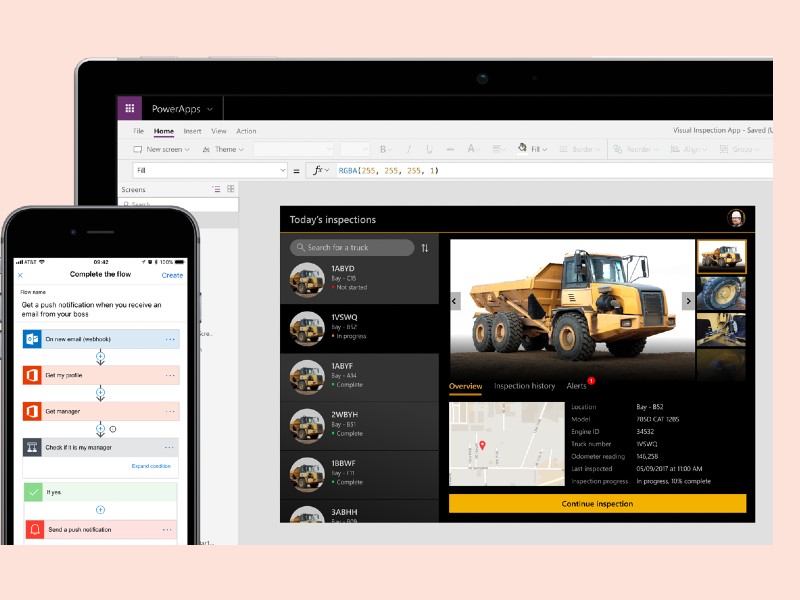Looking for a low-code solution to help your developer teams build faster and more reliably? Take a look at one of these five, and you’ll most likely find the perfect platform for your business.

Low-code is all the rage, sweeping across businesses everywhere. There’s a good reason for that. With a good low-code solution, your development teams are empowered to deliver faster, more reliable applications and services at scale.
Low-code shines at providing GUI-based tools to help your organization optimize your software development lifecycle. With these platforms, your developers can more quickly design and build the tools your company depends on to keep everything running smoothly and efficiently. On top of that, these drag-and-drop services make it possible for your developers to create new pathways for optimization and pipeline/delivery chain expansion.
But make no mistake, low-code does not equate to your business being able to jettison your development team. Just because these services are called low-code, it doesn’t mean you need less knowledge of code. Getting the most out of a low-code platform does require a solid understanding of software engineering. So, although your developers might write less code, they can’t get by with less understanding of code.
I like to think of low-code as a GUI framework that makes it more efficient for developers to more quickly piece together scalable applications and services.
With that said, let’s take a look at five low-code solutions that can help empower your company.
Appian

Appian is one of the most popular low-code solutions on the market. It’s easy to learn, offers outstanding documentation, and includes a large number of existing smart services that are frequently updated. And with a wide collection of APIs, there’s a high chance you’ll not have any problem integrating the apps and services your developers build with third-party applications and components within your software pipeline.
Appian is designed for businesses of all sizes that need to optimize the creation of business process management applications and services.
Try it at Appian.com.
Mendix

Mendix has been around since 2005 and has over 4,000 companies using the platform. With Mendix, your development team can quickly build and deploy online portals, automated workflows, digitized processes, mobile apps for customer engagement, and even modernize your legacy systems.
Mendix focuses on model-driven engineering, which is an iterative and incremental software development methodology. Mendix allows your teams to incorporate cloud, artificial intelligence, intelligent automation and data integration.
Try it at Mendix.com.
Quickbase

Quickbase is all about creating workflows and makes it easier for your development teams to solve problems within your BPM solutions to prevent bottlenecks and other inefficiencies. With Quickbase, your developers can tailor workflows to better prepare your company to remain agile in an ever-changing landscape. And instead of delivering in weeks or months, Quickbase makes it possible for your teams to deploy these solutions in days.
One thing your teams will love about Quickbase is that it is highly customizable. And because it’s so easy to use, your developers will have absolutely no problems getting up to speed quickly.
Try it at Quickbase.com.
Zoho Creator

Zoho Creator is probably the least-known low-code solution of the group, but that doesn’t make it any less valuable or viable. With Zoho Creator, you can create new workflows and enjoy a strong support community. With built-in templates to use as a foundation for a new app or service, your teams can get started building very quickly. Build dashboards, subsystems, decision-making and data presentation tools, and apps for just about any business process you need.
One thing to consider, however, with Zoho Creator is that you might find it to be somewhat limiting when building at scale. But for smaller apps for non-enterprise BPM, Zoho Creator is an outstanding solution.
Try it at Zoho.com.
Microsoft Power Apps

Microsoft Power Apps is fundamentally different from how other companies approach low-code. One reason for this is that Power Apps is baked into the Microsoft products that people use every day. So any solution you build with the Power Platform can easily be distributed into the workflow of everyone in your company. In other words, if your business depends on an array of Microsoft tools, using Power Apps means you can customize those tools to perfectly fit your various teams’ workflows.
Power Apps isn’t just focused on MS software but also can connect to SAP, Oracle, and Azure Cloud. Power Apps also doesn’t just focus on business intelligence and mobile apps, but also apps, public-facing websites, robotic process automation, process analysis, chatbots, BI dashboards, backend data systems and business logic.
Try it at Microsoft.com.
Source of Article



